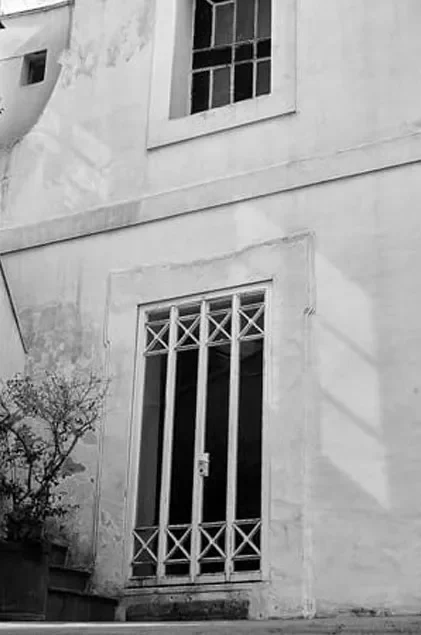The oldest and most charming old town of Capri, is that built around the Church of S.Anna, which dates back to the year Thousand, parish of Capri until 1556. Via le Botteghe, which is now a hectic succession of shops, was originally called “Via delle 5 Poteche lorde”, bakers, grocers, wine, butcher and greengrocer, who by law had to be in the country. All the Potecari were obliged to sell wine, flour, lard, oil, salted meat, legumes and fruit only from Capri. Walking along Via delle Botteghe, we find ourselves in a real Decumano caprese, with the side streets (Via Parroco Canale and Via Li Curti) that lead to the historic district of Va Listrieri. In the names, we find the history of these places. Li Curti were the Curtiglie, the courtyards where the life of the families took place. Li Strieri were the narrow streets closed, to better defend themselves from the Saracen raids. Arrived at Via Madonna delle Grazie, you arrive at the Church of St.Anna, originally S.Peter and Paul in Calcara. In fact, right here was an ancient Calcara di Capri, where the Capresi produced lime to build houses. The name S.Anna, in addition to the beautiful painting that we find on the high altar, comes from the ancient rite of “purification.” Until the middle of the twentieth century, women from Capri, forty days after giving birth, brought their unborn child in front of the painting of Maria’s mother. This very ancient church with paleo-Christian characters, contains in its interior precious frescoes of Sienese school, many of which recently discovered in recent restorations. A true architectural jewel, a small treasure chest of frescoes from the fourteenth century Capri, the whole district of St.Anna retains its ancient charm, popular, where you can still feel the real Genius Loci of the island. Crossing via Listrieri, with its houses with vaulted roofs, along the narrow streets covered with arches, you will arrive at Via Longano, the oldest street of Capri. In fact, the “Longones” are the long Greek stones that form the first part of the Greek wall that defended the citadel. Polis founded by the Teleboi, around the eighth century B.C., as Virgil tells us in the sixth book of Aeneid, and ruled by Ebal son of Telon, This Greek spirit was the reason why Tiberius decided to choose Capri as the place of his exile and make it the capital of the Roman Empire.
curated byRenato Esposito
